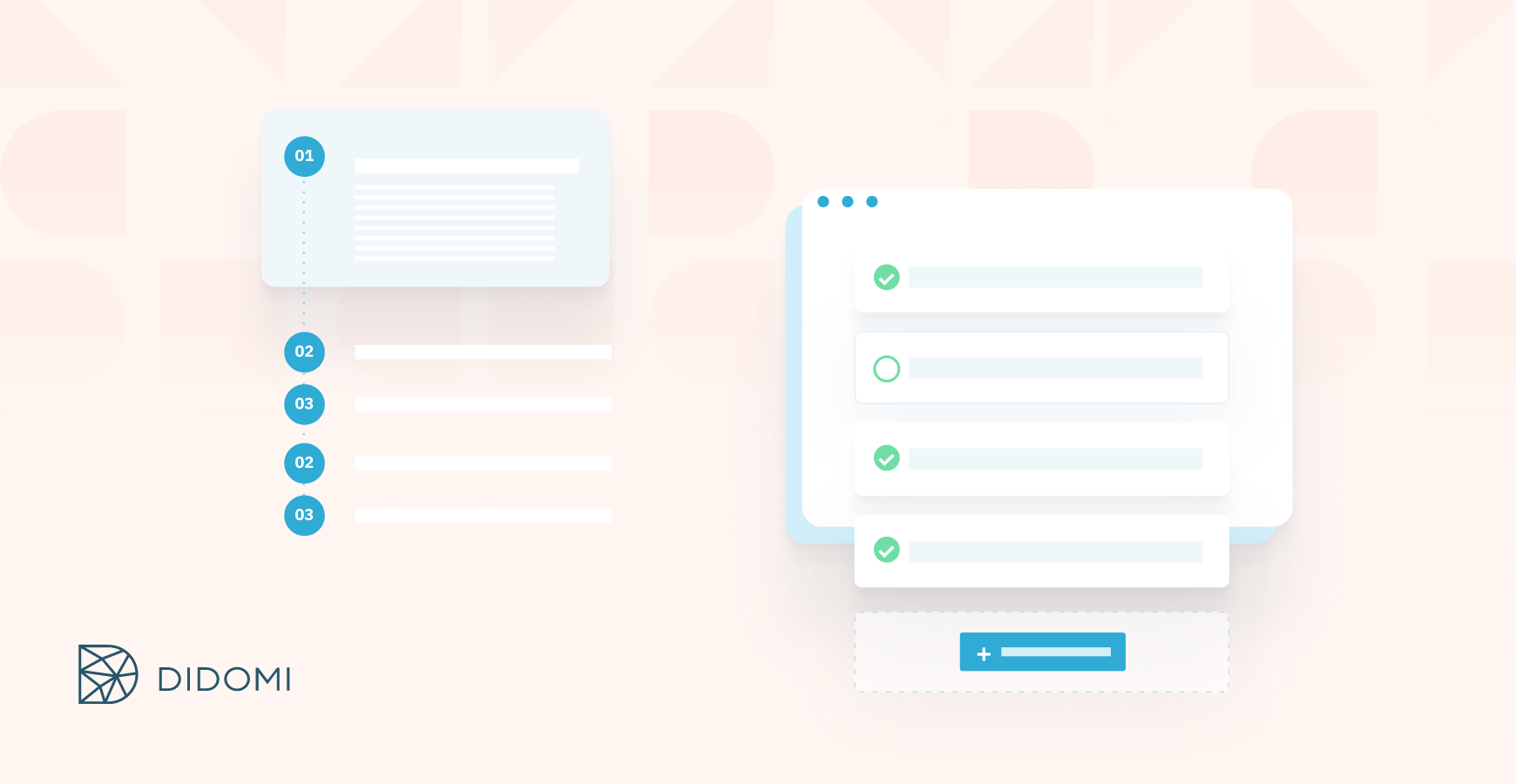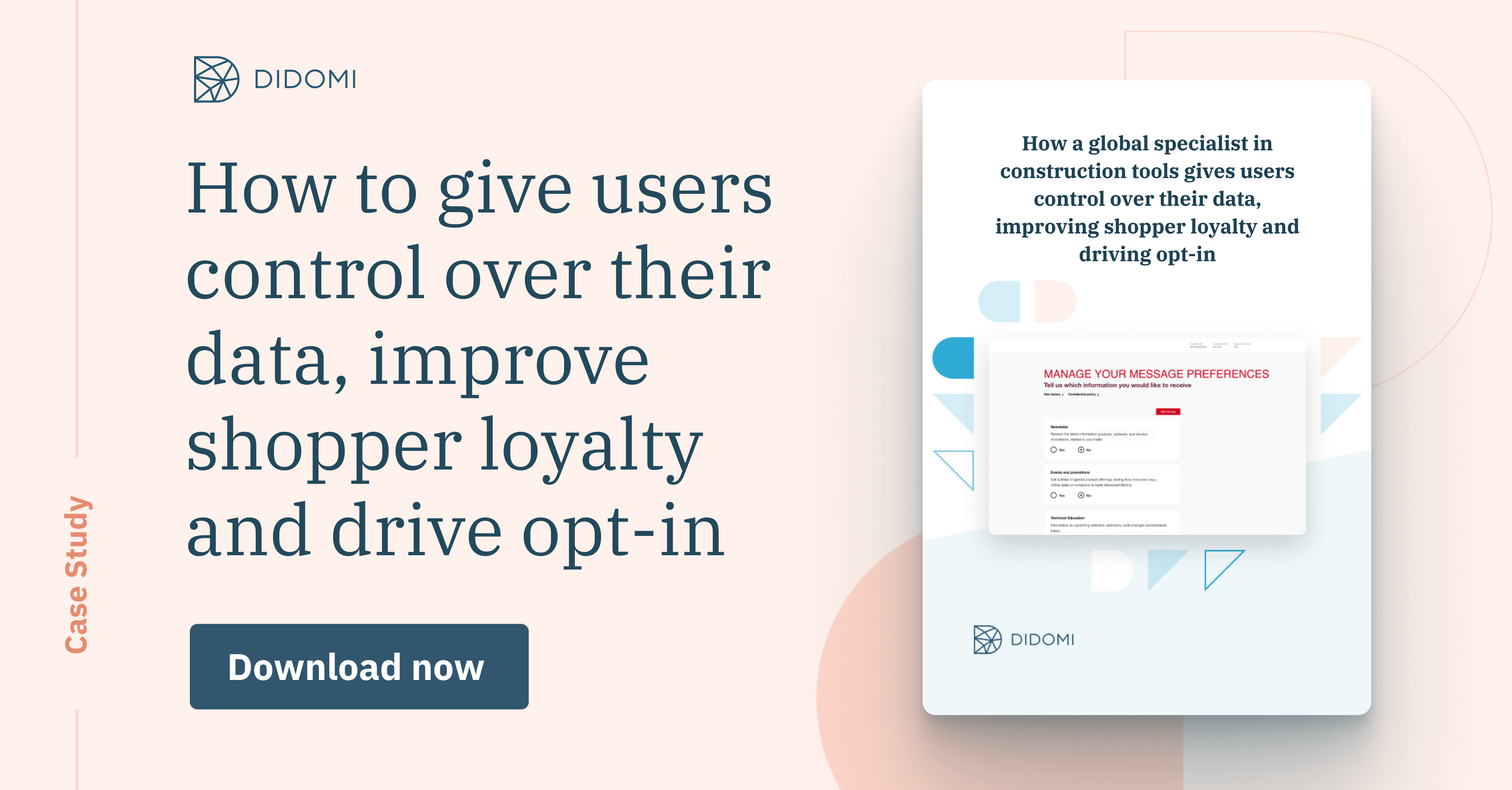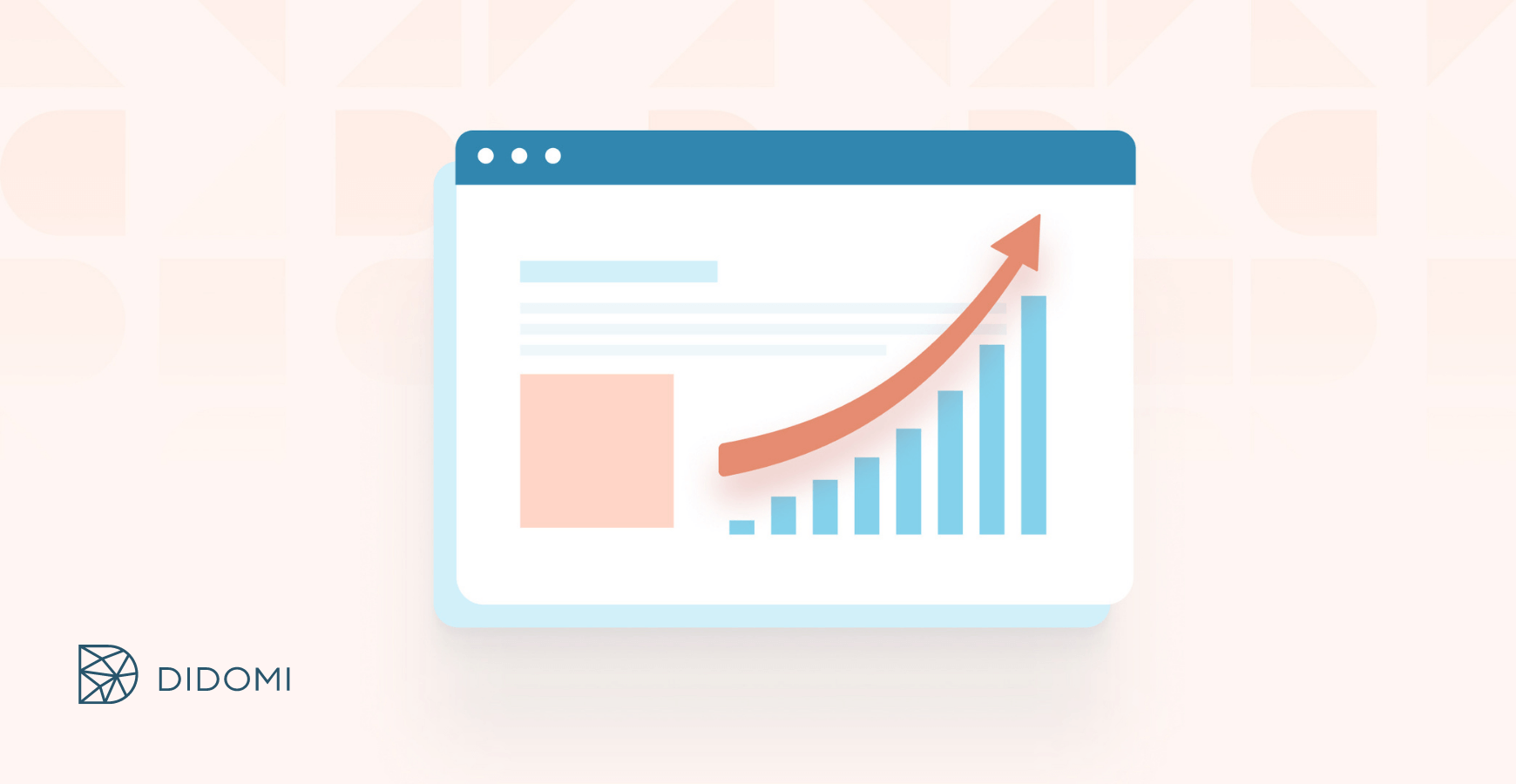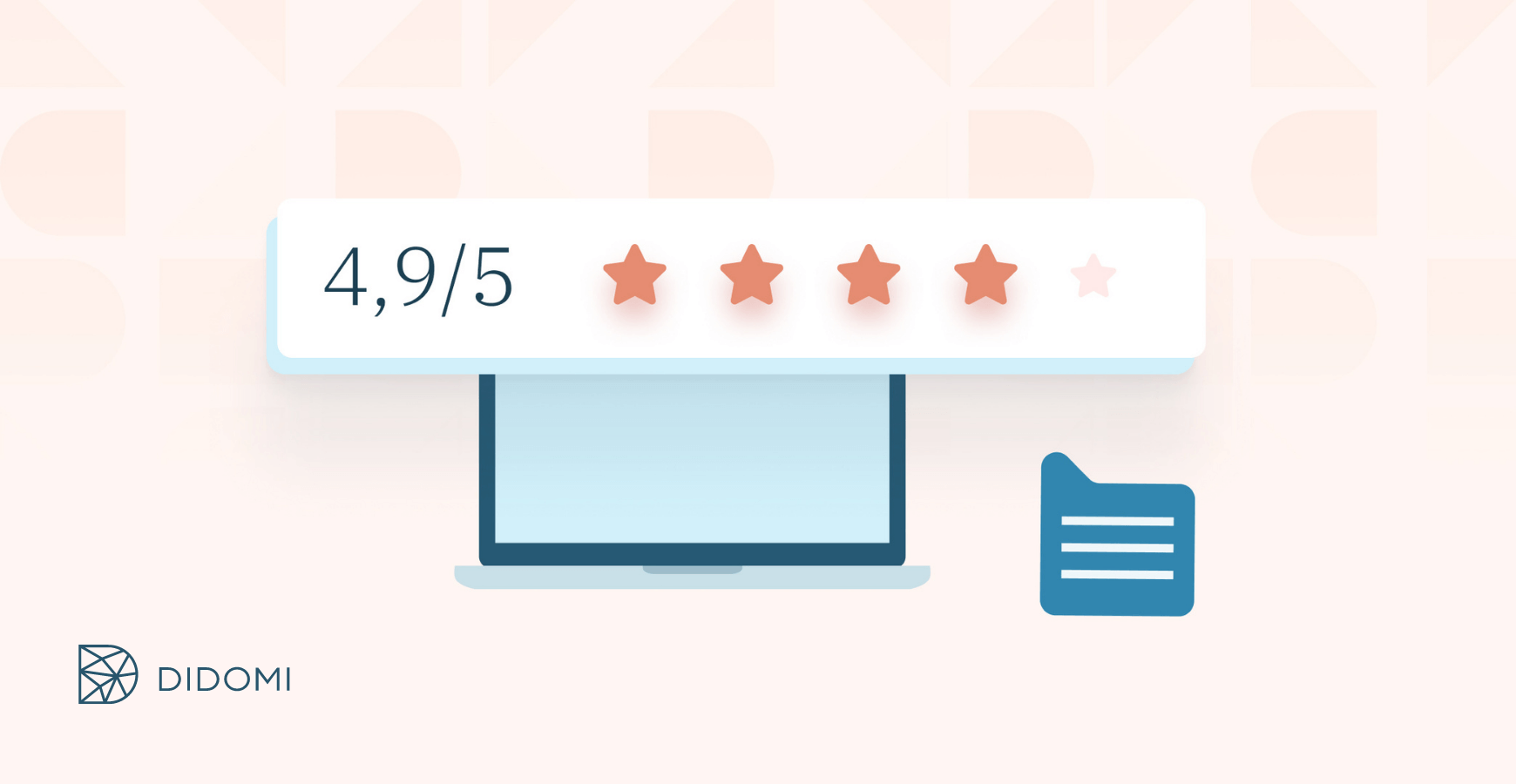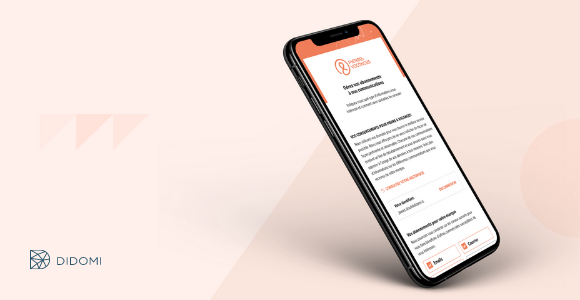What does it mean to set up a Preference Center, where your customers can choose their communication permissions (formats, frequencies, purposes...)? In a series of 4 blog posts, we explain how to do this. Let's start with phase 1: Defining the marketing objectives and the technical scope of your Preference Center project.
Summary :
What is a Preference Center?
More and more companies are rethinking their customer relations by placing the client at the heart of their operations. How are they doing this? In recent years, this has taken various forms: market research, co-creation and participatory marketing initiatives... or by taking into consideration customers' permission before using their personal data.
Among the tools at companies' disposal are consent banners, but also Preference Centers, which allow users to change their communication preferences at any time, be it in terms of frequency, channels or purposes of communication.
There are still few articles on this subject, but here are 7 good examples of preference centers (Spotify, Wistia, Moosejaw, eROI, Le Creuset, Hipmunk and Medium). There are of course many others, and we will share some of them on this blog in the future.
According to Gartner analysis, by the end of next year, 30% of B2C companies will have such a system in place to facilitate customer management of preferences and consents. But how should such a project be thought out and implemented?
|
What are the benefits of a Preference Center? Generating trust among customers, streamlining in-store and online consent collection, driving opt-in and much more... Download our full case study to find out more.
|
Step 1: Define the objectives and scope of your Preference Center project
Why set up a Preference Center in your company? There are multiple reasons for doing this, for example:
-
To improve the performance of your direct marketing efforts through better segmentation of your customer database?
-
To ensure GDPR compliance by allowing customers to manage their consents?
-
To improve customer experience and brand loyalty, for example, as part of a loyalty programme?
-
To reduce opt-out rates through greater choice of preferences?
-
To encourage the adoption of new communication channels that complement traditional ones?
All of these reasons are perfectly valid and important, especially in a world in which customer relations are increasingly omnichannel, and in which consumers demand transparency from companies.
In fact, some 80% of consumers believe that transparency is important for trusting a company or brand. And, around two-thirds of consumers modify their purchasing decisions in line with supplier privacy commitments.
|
Privacy Made Positive™ E-book: Evidence that consumers act on privacy. Want to find out more about what European consumers think about privacy, how it impacts their purchasing decisions and why your company should care? Download this e-book. The pivotal Privacy Made Positive™ research will get your colleagues, board and investors to care about investing in privacy!
|
Next, it is important to list the systems that you want to connect to your Preference Center, so that your customers' choices are well reflected within the company:
-
Your marketing automation software (PRM) or customer relationship management (CRM) software
-
Your short term (DMP) or permanent (CDP) customer data platforms
-
Your email, SMS, phoning or push notification routing solutions
-
Your cookie consent management platform (CMP)
Obviously, the tools you connect to your Preference Center depend on your initial objectives and the ambition of your digitalisation or compliance project.
As an example, Pierre & Vacances Center Parcs Group has created a Preference Center that integrates customer opt-in across 7 countries and 5 brands.
![PVCP [EN]](https://blog.didomi.io/hs-fs/hubfs/GATED%20CONTENT/CASE%20STUDY/PVCP%20-%20CASE%20STUDY/PVCP%20%5BEN%5D.png?width=1656&name=PVCP%20%5BEN%5D.png)
At Didomi, we only connected it to our PRM (Hubspot) because this is our main marketing communication tool. In particular, we had to rethink the management of subscriptions in Hubspot (Subscription Types) and clarify our different communication purposes. This step should not be underestimated!
It was possible, via Hubspot, to also connect our CRM (Salesforce) and to consider other integrations such as our phoning tool (Aircall) so that each prospect or customer can indicate their commercial communication or customer service preferences, and so that these are constantly updated.
To complete the first planning phase, some essential technical questions should be asked, such as
-
Which authentication mechanism(s) should be used to identify your customers?
-
What APIs can be used by your tools, and what are the limitations of using these APIs?
At Didomi, authentication is done with the email address
(see https://preferences.didomi.io/)
Once all these steps have been completed, it is time to move on to the next step: setting up your Preference Center (configuring purposes, connecting tools etc.) before going live.
Step 2: Prepare the launch of your Preference Center
We will discuss this in a blog post tomorrow - stay tuned!
-png.png)



